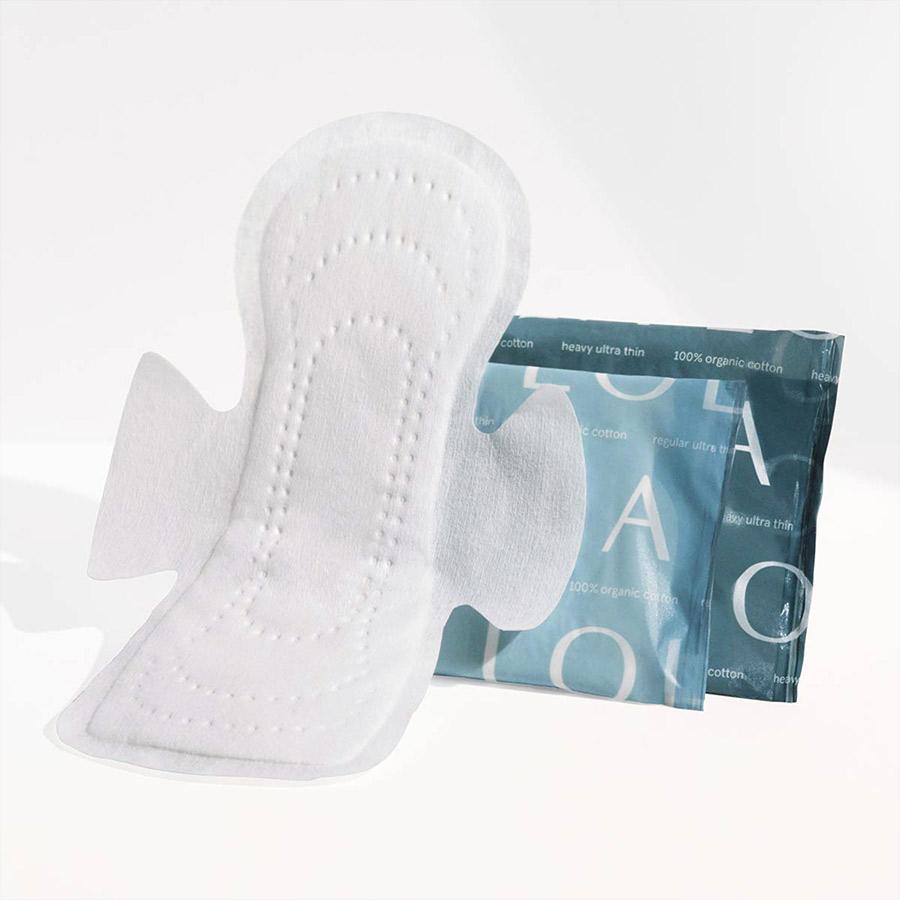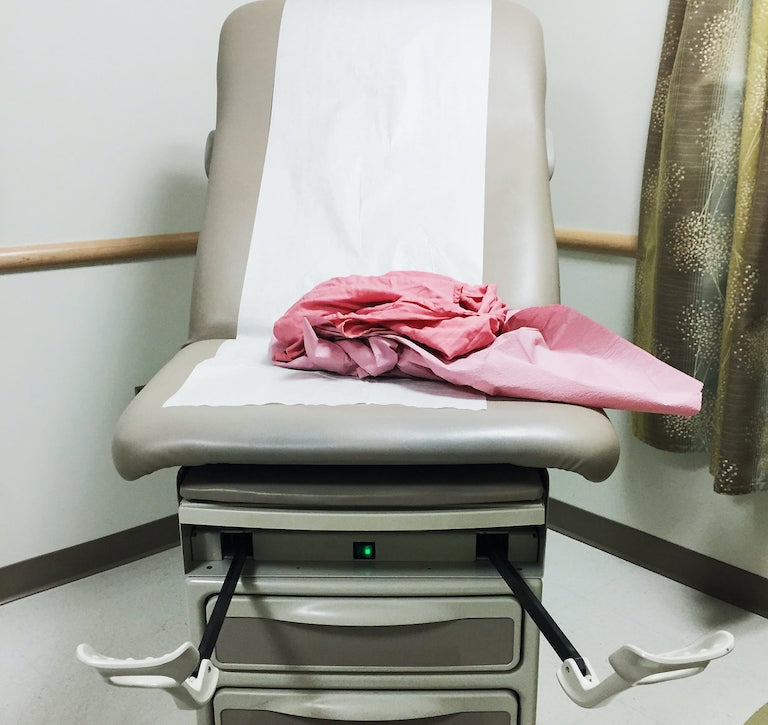Did you know that Pap smears are Greek? The procedure, which takes swabs of cells from your vagina to screen for cervical cancer, was invented by George Papanicolaou in the 1940s. This is really quite recent in the history of modern medicine, and it's had an enormous impact for the last 75+ years. According to "Cervical Cancer" by Heather Hasan, the number of women who die each year from cervical cancer dropped 75% percent since the pap became a routine test performed during gynecological visits.
If you're like me, you spend a lot of time dreading visits to the gynecologist. Not because I'm thinking about my test results, but because I'm thinking about having to make small talk with the doctor who is staring directly into my vagina while I'm trying not to move and praying that I won't be judged for stray hairs. But really, we should feel grateful for the technology that allows doctors to test cells and treat infections with a relatively noninvasive procedure. The Pap smear, in fact, is way less invasive than the gynecological procedures of the past.
While gynecological surgery was performed as early as the 19th century (which is when our beloved speculums were invented), gynecologists did not attend or facilitate the delivering of babies for anyone who wasn't royal or wealthy until the 20th century. Midwives handled prenatal care, delivery, and postpartum care, along with most women's health issues that might send us to a doctor today in search of antibiotics.
Before the antiseptics, pain medications, and antibiotics that we rely on today, there was hydrotherapy. "Medical Gynecology" by Samuel Wylis Bandler, depicts different techniques and uses for hydrotherapy. Before the invention of mood stabilizers, hydrotherapy was used to calm the pulse, cure anemia, and lessen the blood flow during menstruation. Hot baths followed by a vigorous rubdown forced blood to circulate. Cold baths mixed with salt forced a sense of calm both physically and emotionally. The most common reason for gynecological examinations were to diagnose and cure sexually transmitted diseases or vaginal pain, or to "cure" obesity or nymphomania.
The number of women who die each year from cervical cancer dropped 75% percent since the pap became a routine test performed during gynecological visits.
Before Papanicolaou discovered the ability to detect pre-cancerous cells via a pap smear, doctors would perform a colposcopy as a first method of examination. Today the colposcopy is only done after the results of a pap smear come back irregular. It involves using a microscope to get a closer look at the cervix and then coating the area in iodine to make the irregular cells more apparent. The irregular cells are then removed and studied to detect whether or not cancerous cells are present. If they found anything ominous, the next step was often total hysterectomy and radiation.
Traditionally, women have been taught to cover up, stay pure, and to keep our health issues to ourselves. It is considered rude to announce to a room full of people that you may be a little tired or irritable because your uterus is currently shedding its inner lining and the pain and blood loss is pulling your focus. So it's no surprise that men are not the only ones who can be clueless about female anatomy. Many people have trouble properly identifying the different parts of female genitalia " and a lot of that has to do with how the topic has, for so long, gone undiscussed.
With little to no idea about what's going on down there, it's nearly impossible to know when something is wrong.
With little to no idea about what's going on down there, it's nearly impossible to know when something is wrong. Many women feel too ashamed to ask their friends or doctors if their body, and what it's doing, is normal. Which is why we should feel so grateful when our doctors pull out the speculum and ask us to scoot down just a little more on the table. Those uncomfortable swabs and, if you're like me, hours of cramping afterward, have saved more and more women every year from being diagnosed with cervical cancer.
These days it's hard to keep track of how often we're meant to go in for Pap smears. First we were told to get screened yearly, but recently it was downgraded to every three to five years (unless you've had an irregular Pap smear result in the past). This change occurred when doctors realized that annual testing was not needed, less frequent testing provided the same results and made cut back the likelihood of false positives. Risks associated with Pap smears are low, but many experts still agree that having a pap smear performed every three years is sufficient.
Between 2006 and 2009, a test was developed to screen for HPV (Human Papillomavirus), a disease with many strains, many of which were proven to cause cervical cancer. Following this discovery, most doctors began doing both tests on patients in one appointment. Some believe that the Pap smear will soon be made obsolete in favor of HPV tests alone.
Whether we continue to rely on Pap smears, HPV tests, or a new test developed in the future by the ever changing world of medicine, we can be sure of one thing: Cancer screening has come a long way since the 19th century. It may not be enjoyable, but who ever said tests were fun?











